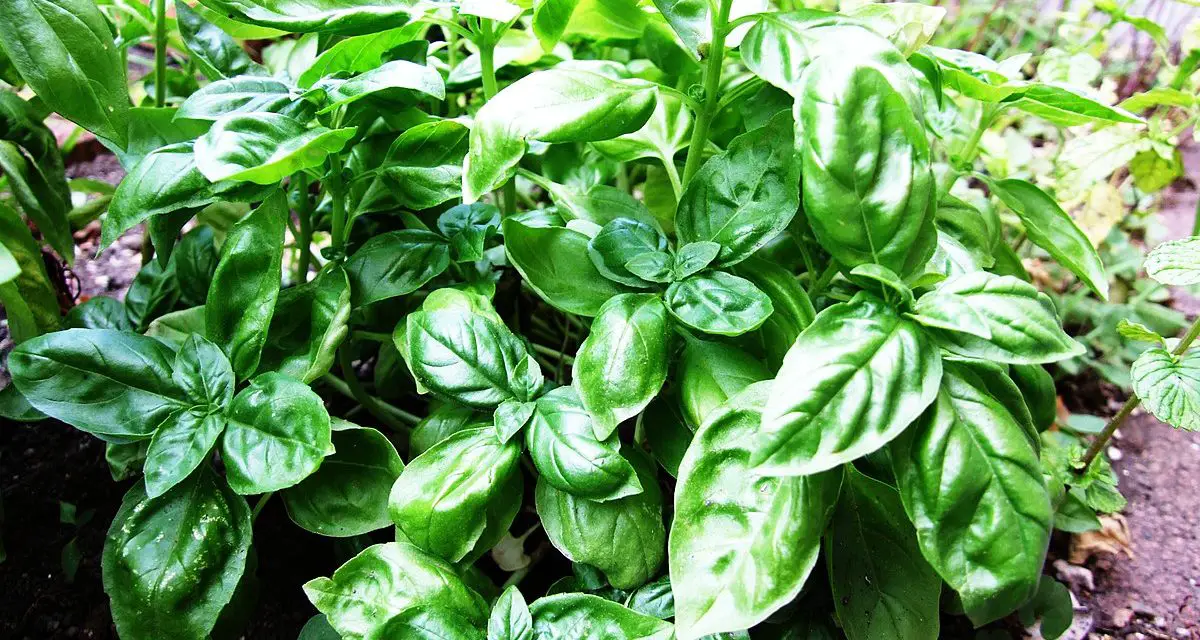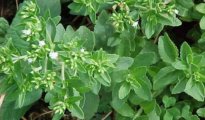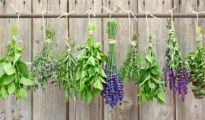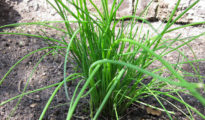Learn how to grow basil in Florida is just a few simple steps! Florida is known for its tropical weather, sandy beaches, and orange groves. But did you know that Florida is also a great place to grow herbs? Basil, in particular, thrives in the Sunshine State. Not only is basil easy to grow, but it's also a versatile herb that can be used in all sorts of dishes. If you're thinking about growing basil in Florida, here's what you need to know.
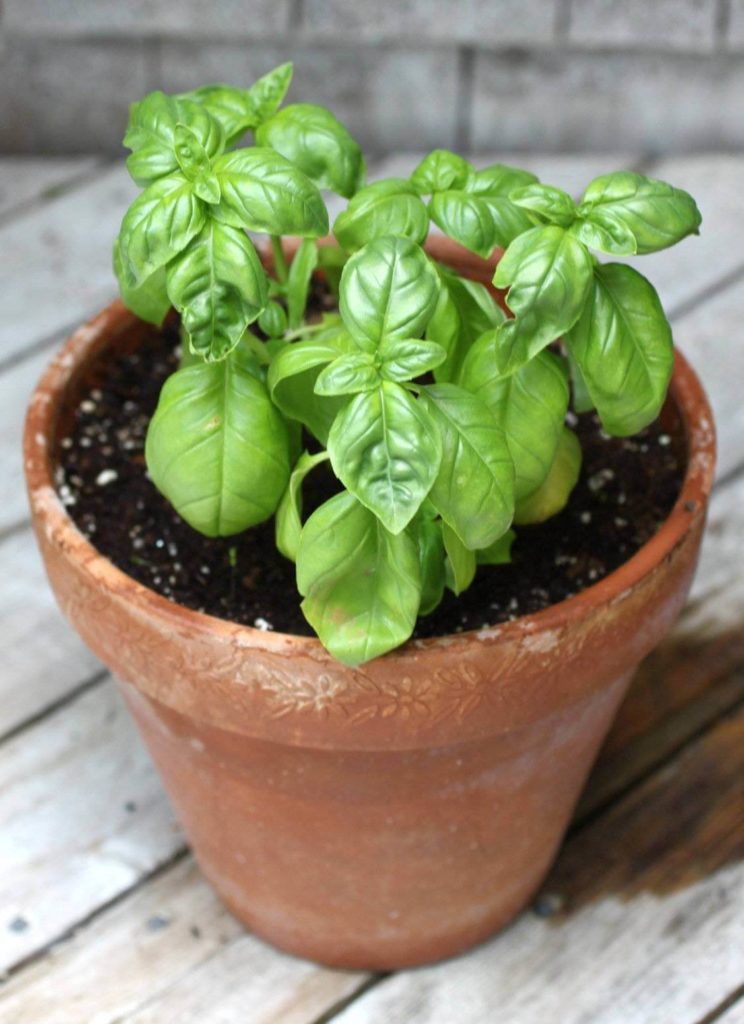
How to Grow Basil in Florida
Basil is a warm-weather herb that grows best in temperatures of 70 degrees Fahrenheit or higher. If you live in a particularly hot area of Florida, you might need to provide some shade for your basil plants during the hottest part of the day. Basil also needs full sun to produce lots of leaves, so make sure to plant it in an area that gets at least six hours of direct sunlight each day.
Soil
When it comes to soil, basil is not picky. Just about any type of well-draining soil will do. If your soil is particularly heavy or clay-like, you might want to mix in some sand or organic matter to improve drainage.
Water
Watering is another important aspect of growing basil. Basil plants should be watered on a regular basis, but they don't like soggy soil. Make sure to check the soil before watering and only water if the top inch or so is dry. Overwatering can lead to problems such as root rot, so it's better to err on the side of too little rather than too much water.
Fertilizer
Fertilizing is not strictly necessary, but if you want your basil plants to be especially healthy and productive, you can fertilize them every two weeks with a water-soluble fertilizer formulated for herbs. Just be sure not to overdo it; too much fertilizer can burn the roots of your plants.
Harvesting Basil
Harvesting basil is easy; just snip off the leaves as needed. If you want to save some for later, though, you can also harvest entire stems and store them in a vase of water in the fridge for up to two weeks. Keep in mind that basil leaves are delicate and bruise easily, so handle them with care.
Pruning Basil
Basil is an herb that can be easily and successfully pruned to keep your plant healthy and strong. Pruning basil encourages new growth, making it more flavorful and bushy. Learn more about how to prune basil.
Basil Pests & Diseases
Basil is susceptible to a variety of pests and diseases that can affect its growth, health, and yield. Common basil pests include aphids, whiteflies, spider mites, caterpillars, and cutworms. These pests feed on sap from the plant’s leaves or stems and can cause leaf discoloration, wilting, and stunted growth. To control pest infestations, gardeners may opt to use chemical insecticides or natural methods such as hand-picking insects from the plant or introducing beneficial insects like ladybugs and lacewings to help with pest management.
Basil is also vulnerable to certain fungal diseases. Common basil diseases include damping-off, downy mildew, and leaf spot. Damping-off is a soilborne fungus that results in seedlings wilting or dying shortly after germination. Downy mildew causes yellow spots on leaves that eventually turn brown as the disease spreads throughout the plant. Leaf spot typically begins with small, circular spots on the underside of basil’s leaves and can quickly spread if not treated. To prevent or control fungal disease, gardeners should avoid overcrowding plants, practice crop rotation, water early in the day to give foliage ample time to dry before nightfall, and use protective fungicides if necessary.
How to Use Basil
Basil is a versatile ingredient that can be used in many different dishes. It adds a bright, herbal flavor to any dish and pairs well with many other herbs, vegetables, and proteins. Here are some ways you can use basil in your cooking:
-Pesto: Pesto is the most popular way to use basil. Simply blend together olive oil, pine nuts, garlic, Parmesan cheese, and fresh basil leaves to make a flavorful sauce that can be used as a dip or on pastas and pizzas.
-Salads: A handful of chopped fresh basil leaves adds color and flavor to any salad. Try adding it to your favorite combination of greens, tomatoes, carrots, and cucumbers.
-Soups: Basil is a great addition to soups for an extra layer of flavor. Add it towards the end of cooking so that the leaves don’t lose their flavor.
–Marinades: Basil can be used in marinades to help tenderize and flavor proteins like chicken, shrimp, and fish. For a simple marinade, combine fresh basil leaves with olive oil, minced garlic, lemon juice, and salt.
–Dressings: Basil can also be used in dressings for salads. Blend together fresh basil leaves with olive oil, balsamic vinegar, garlic, and honey for a flavorful vinaigrette.
-Baked Goods: Basil can be used to add flavor to baked goods like muffins, quick breads, and scones. Try adding a few chopped fresh basil leaves or some dried basil to your favorite recipes.
With so many ways to use basil in cooking, it’s easy to find ways to make your dishes more flavorful. Try one of these methods the next time you’re looking for a way to add some extra flavor to your meal! Now that you know how to grow Basil in Florida, it's time to roll up your sleeves and get to planting! Happy Gardening!

